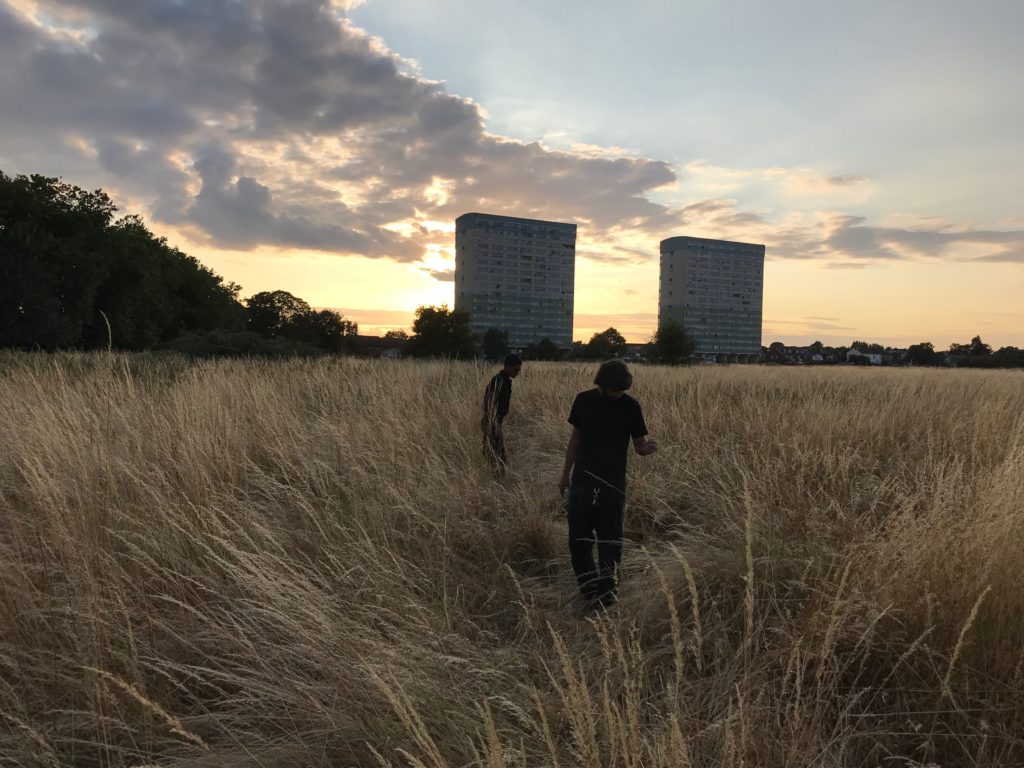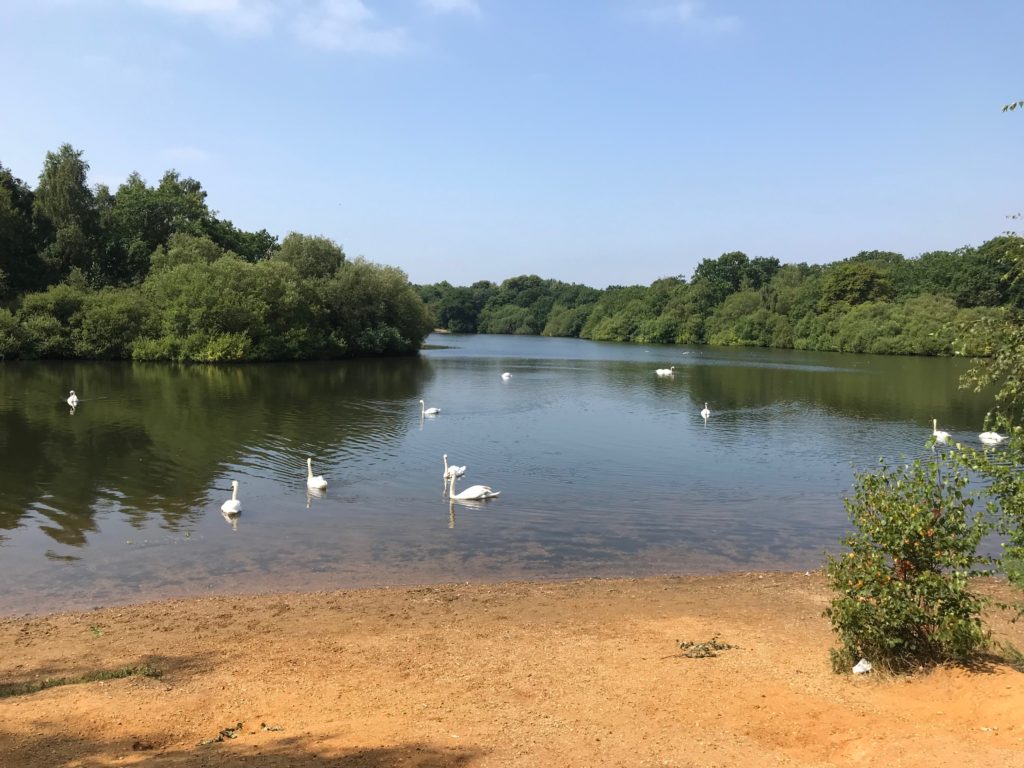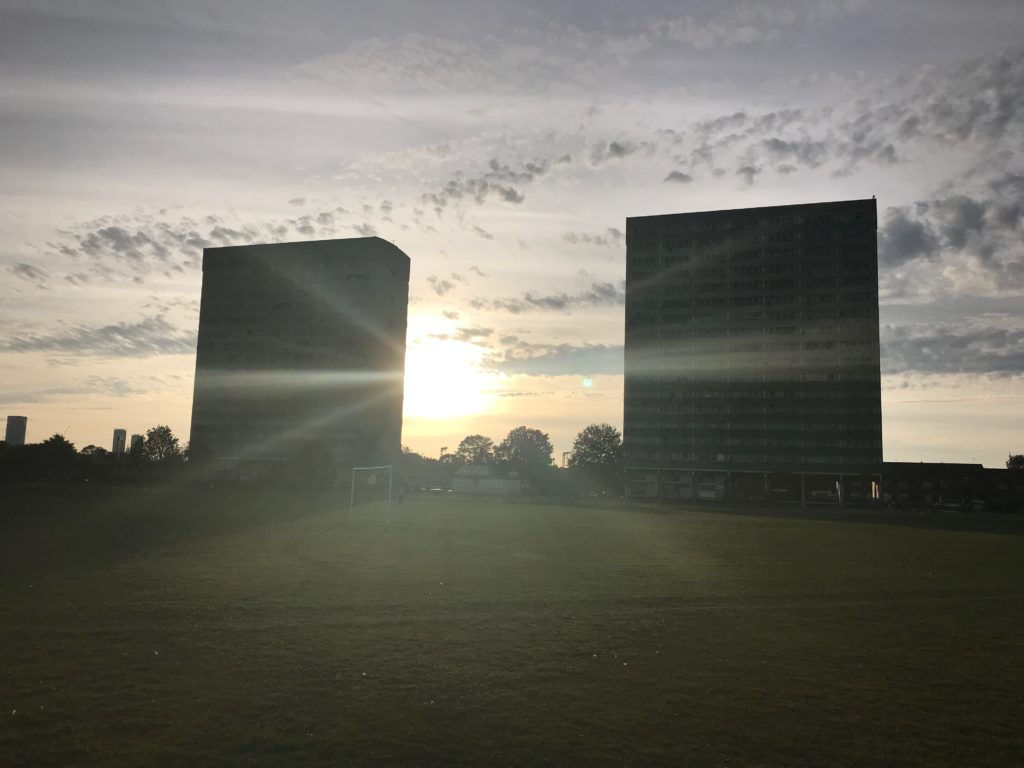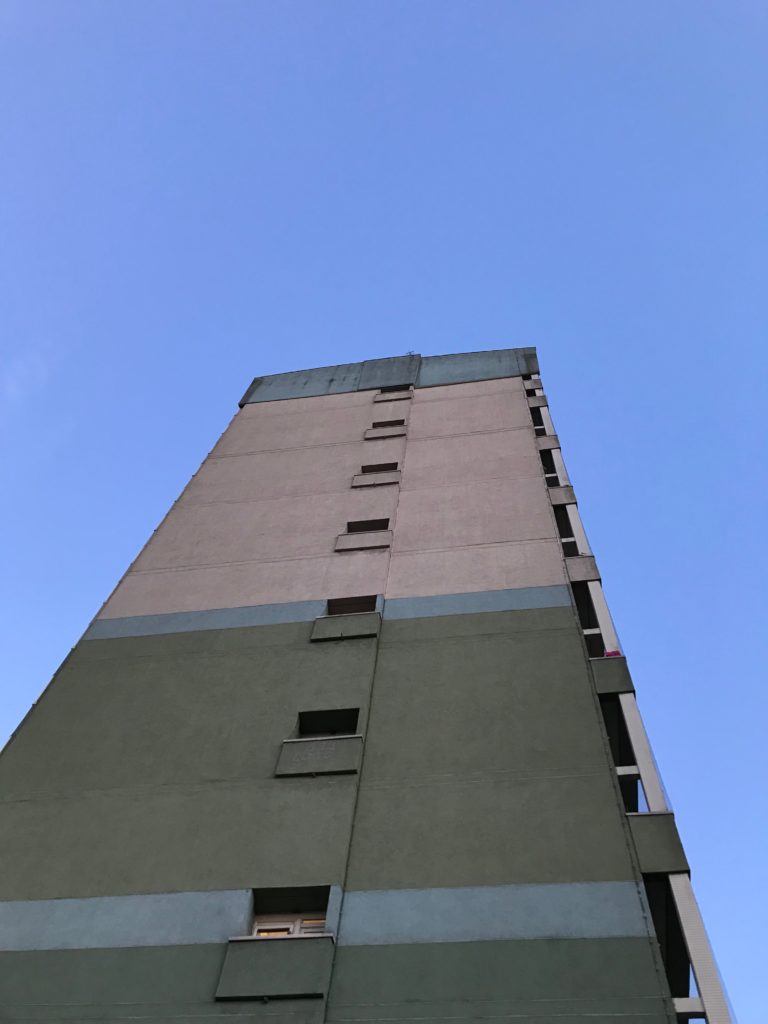Jack Cooper of Modern Nature muses on the walk to his studio space through Hollow Ponds, Wanstead Flats and Epping Forest, the parallels with his walk to school as a kid, and its inspiration on the band’s debut album How To Live — which was released last month on Bella Union.

Until I was 14 my family lived just outside Poulton le-Fylde, which itself is just outside Blackpool. Holidaymakers of the north of England will be familiar with Poulton as it’s the last gasp before the bright lights and cheap thrills of Britain’s favourite tourist destination (not up for debate). It’s too big to be a village, too rural to be suburban and too upwardly mobile to be working class. Historically a market town with a largely agricultural history, Poulton’s post-war values had been eroded by Thatcherism; community had given way to what seemed like endless double glazing shops, car dealerships and a wine bar. If you were looking for the seeds of Brexit and the mess we find ourselves in, places like Poulton would be a good place to start, right there in the hundreds of small towns occupying the space between the urban and the rural.
The British Isles, the United Kingdom of Britain and Northern Ireland, England or whatever it devolves into over the next few months is made up of these small towns. London is Britain, the Lake District is too, but they’re acute ends of a colour chart that’s predominantly a blur of green and grey.

We lived in the no man’s land between Poulton and Blackpool, where the green was slightly greener and the grey was less frequent. Our house was surrounded on three sides by fields and woodland. After about a mile the woods thinned out and gave way to a matrix of playing fields and allotments and then eventually Poulton. My mum, sister and I would make this half-hour walk to school and then eventually just my sister and I when we were old enough. Our mum was very protective but back in the 1980s my sister and I were afforded an amount of freedom and independence that seems unthinkable today. On pleasant days, we would spend a lot of our time in the woods and fields that surrounded our house, making dens, catching sticklebacks in the pond or playing day-long games of manhunt with the other kids. The sweet smell of the hawthorn is as vivid in my mind as the cigarette smoke of the teenagers we’d avoid in the woods. The taste of the blackberries as clear as the torn-up porno mag we found in our den. Our nature was the rabbits that bounced around the end of our garden and it was the dog we found dead in the pond.
Our independence was curtailed when a girl from down the road was abducted by a man who’d been living in the woods. Days earlier, my sister and I had found his camp in the undergrowth; a rucksack, toilet roll and tins of beans. One morning in 1989, we put on the TV and were bemused to see the national news being filmed in front of our house. Things changed after that, but it never felt like a full stop.

I live in Leytonstone now and I feel like I’ve found myself back in the England I know best, albeit somewhere 20 minutes from Central London on the tube. Because of its proximity to London and its situation right at the very edge of the great forest that sits on top of the city, Leytonstone is the intersection of a rural, suburban and urban Venn diagram.
We have a studio space at the edge of Wanstead Flats in Forest Gate and my walk there is very similar to my walk to school. The flats give way to underpasses, back to fields, past a pond and eventually high-rise blocks. The walk does me the world of good and the 40 minutes it takes me to get there clears my head and wastes 40 minutes I could be using productively. Nothing feels better than wasting time. Will, my partner in Modern Nature, cycles there through the wetlands, along the River Lea and then Wanstead Flats.
In winter, I’m usually on my way early enough to see the dew rising above Wanstead Flats and then in the summer, the mist gives way to pollen and detritus suspended on the breeze and phased by the heat haze. But like the nature I grew up among, the green of Epping Forest and Wanstead Flats is blurred and often obscured by the city that bleeds into it. The unwavering momentum of the city pushes against it, carves it up with roads and flings its rubbish into the waterways. And people live there… amongst the oak, gorse and hawthorn there are tents, campfires, beer cans and clothes lines, spat out by the city. They’re moved on before you know it, but they’re there. The vivid florescent blues and yellows of tent canvas are a stark reminder of how cruel the city is.

While spending time on the edge of Epping Forest, on Wanstead Flats or the Hollow Ponds, it’s difficult not to despair at the city’s stain on nature. Existential dread at our effect on the world is very present among the pet dogs harassing geese, the piles of blue carrier bags filled with empty lager cans and the tags sprayed on ancient oak trees.
Our album How To Live takes place between the city and nature; it’s a soundtrack to a journey from one to the other, but like our country, most of it takes place in the blur of the in-between. It’s about the anxiety and isolation of being alone amongst millions of people and finding sanctuary in a different type of isolation. Finding sanctuary in an imperfect nature.
*
How To Live is out now. You can read last month’s review from Alistair Fitchett here.
Modern Nature play our stage at The Good Life Experience next weekend. See our full stage lineup here.